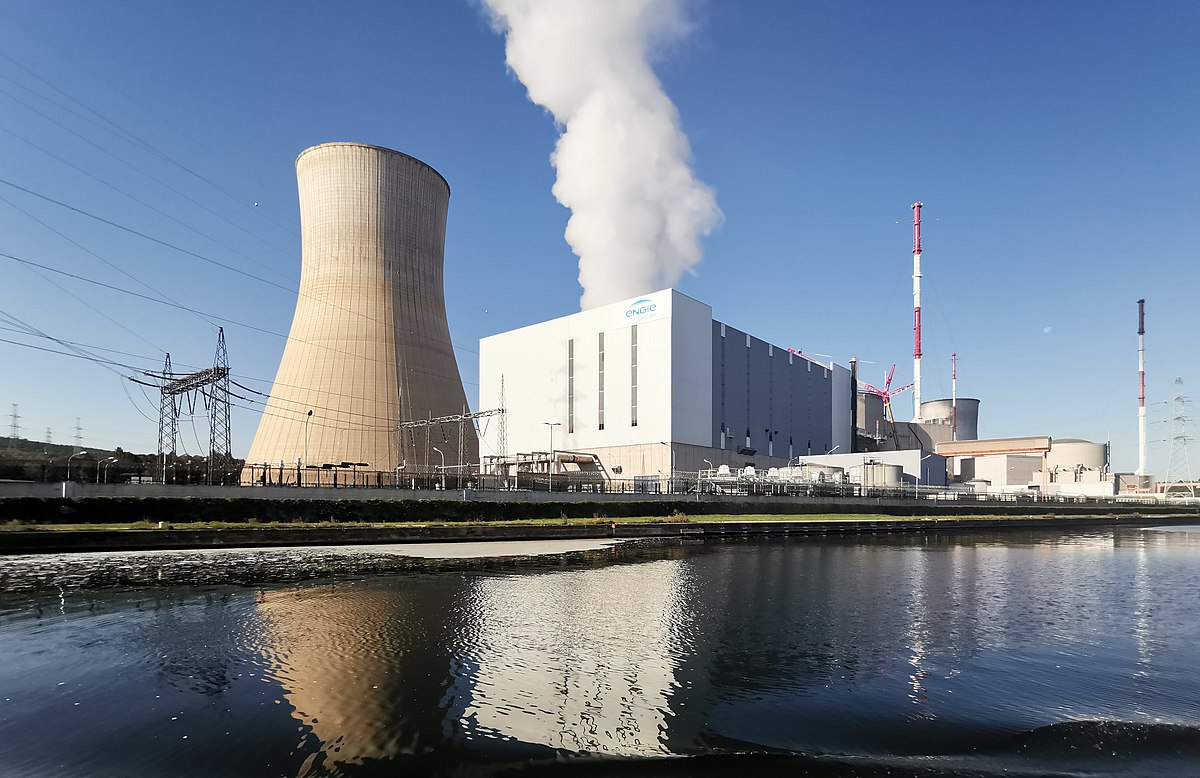The upcoming heating season is bringing back the problem of supplying Ukrainian power and CHP stations with anthracite. Last February the government in Kiev declared a state of energy emergency because, among others, Donbas’s black gold deliveries were blocked. The necessity to secure stable and regular coal deliveries for the energy and steel sectors forced the cabinet of Prime Minister Groysman to diversify supply sources. The United States has become the latest and extremely controversial provider. Controversial because, according to many experts, Ukraine overpays for the American hydrocarbons – writes Roma Bojanowicz, BiznesAlert.pl contributor.
One of the main obstacles to Ukraine’s economic development in recent history is the scarcity of fuels caused by the actions Kiev took to break away from economic and political dependence on Russia. After limiting the purchases of Russian gas, the significance of coal in our eastern neighbor’s energy mix increased significantly. In 2011 coal’s participation in the fuel mix was at 33%, in 2015 already at 37%. The situation is also complicated by the fact that almost half of Ukraine’s coal-fired generation sector depends on anthracite. Each year Ukraine’s power plants and CHP stations need 24 m tons of coal, out of which 9 m tons is the energy-rich coal extracted in the Donets Coal Basin. Any supply disruptions, like the one in February, destabilize the situation in the entire country. This has impacted both individual consumers as well the industry, especially the steel sector.
According to some analysts, Ukraine’s power plants will need 4.8 m tons of anthracite before the end of the current year. To avoid any unexpected disruptions of coal supply in the upcoming winter season, Kiev took extensive measures to find new, alternative sources. During his July visit in the USA, Ukraine’s President Petro Poroshenko held talks on exporting American coal to our eastern neighbor. A detailed agreement on the imports was signed in August between Ukraine’s Centrenergo and America’s Xcoal Energy & Resources. According to the information revealed to the public Kiev bought 700 thousand tons of coal until the end of this year. The price for one ton is allegedly USD 113. The first 62 thousand tons arrived from Pennsylvania to the port in Odessa on 13 September after a 19-day voyage. Another three ships are expected to arrive soon. In total the first batch of US coal to Ukraine will be 295 thousand tons. In the future the payments will be negotiated each time, which may significantly increase the price attractiveness of the transactions.
Controlled purchase
Then there is the question of predatory exploitation of coal mines that were within Ukraine’s borders before 2014. In April President Petro Poroshenko accused Russians of selling anthracite from Donbas’s deposits. It is easy to verify the claim by checking the physico-chemical composition of the hydrocarbons, which is different for every deposit. Therefore, it may turn out that the coal which, until recently, had been Ukraine’s national resource costs USD 80. According to data published by the State Fiscal Service of Ukraine published on 7 August, Kiev spent close to USD 1.257 bn to purchase coal between January and end of July 2017. Russia was the main provider and national energy companies paid it USD 631.1 m. This constitutes 51 percent of the entire coal import in the first seven months of the year. Coal from the USA came in second, its import cost USD 340.5 m and had a 27 percent participation in the market. Canada ranked third, the cost amounted to USD 49 m, which was 8.7 percent of Ukraine’s total coal import.
Spiking season
As of the last June a clear spike in coal prices on the biggest stock exchanges in Europe and South Africa has been taking place. This is related to the decreased demand for coal in the markets because of, among others, reduced exports from Russia, a strike in Australia’s mines and increased demand from China because of production issues in two of its biggest state-owned coal mines. On the other hand, the increased consumption of energy produced from coal in countries such as South Korea, Taiwan or China was caused by an exceptionally hot summer and a growing demand for air-conditioning. Therefore, the price Ukraine agreed to pay for its energy liberty, a fee for stable and regular deliveries that cannot be disrupted by Russia in any way for a longer time, may turn out to be very attractive.
Poland has taken a similar decision regarding American LNG. By deciding to pay more for a raw material from an ally both countries pay for energy sovereignty. This is a principle forgotten by Western European states, which on the one hand impose sanctions against Russia and on the other pay for its gas.








